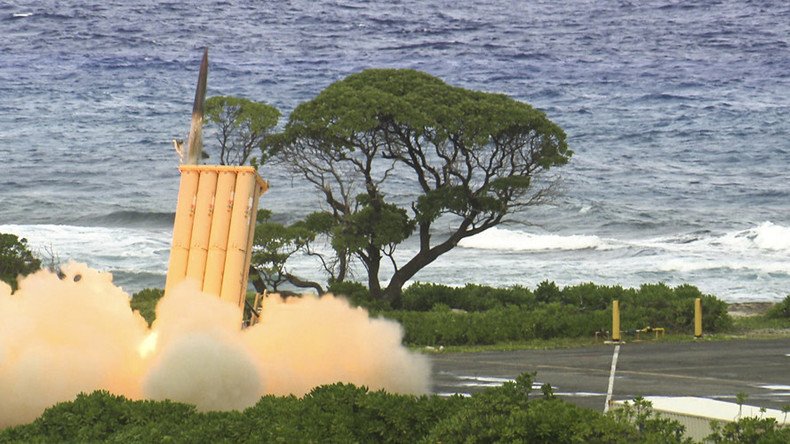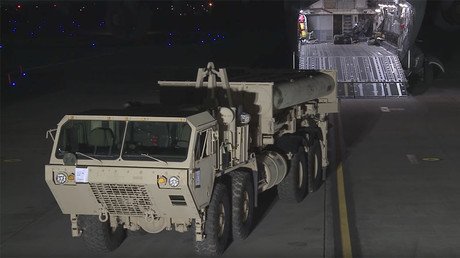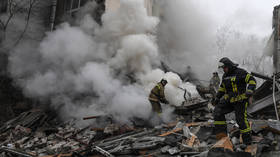North Korean missiles 'great concern' – US missile defense chief

Pyongyang’s ballistic missile tests are a cause for concern to the US and its allies, but existing missile defense technology can address the current threat, the head of the US Missile Defense Agency (MDA) has told Congress.
"It is incumbent on us to assume that North Korea today can range the United States with an ICBM carrying a nuclear warhead,” Vice-Admiral James Syring, director of the MDA, told the House Armed Services Committee on Wednesday.
“The advancements in the last six months” in North Korean ballistic missile technology “have caused great concern to me and others,” the admiral told the committee at a hearing on missile defense posture and priorities in light of the proposed 2018 budget.
He also said that he was confident in America’s ability to defend from such threats, citing the recent test in which a California-based interceptor hit a simulated intercontinental ballistic missile (ICBM) fired from Kwajalein Atoll in the Marshall Islands.
The test, first of its kind, was planned years in advance but coincided with heightened tensions between North Korea on one side and South Korea, Japan and the US on the other.
“I would not say we are comfortably ahead of the threat; I would say we are addressing the threat that we know today," Syring said. While he wasn’t sure what kind of message the test sent to the North Koreans, the message to Americans is that “we can defend them 24 hours a day, 7 days a week,” he said.
The agency plans to conduct another test towards the end of 2018, which would target a two-missile salvo of ICBM-like targets, also fired from Kwajalein.
The admiral also informed lawmakers that the MDA plans to deliver 36 more Standard Missile (SM-3) interceptors to the US Navy for use on Aegis cruisers and the land-based missile defense site in Romania. That would put the total number of interceptors delivered since December 2013 at 182.
Another 52 Terminal High Altitude Area Defense (THAAD) interceptors will be delivered to the US Army, for a total of 210 since May 2011, Syring said.
Several THAAD systems were deployed to South Korea despite Chinese objections earlier this year. The country’s newly elected president Moon Jae-in is a critic of the deployment, however, and has ordered a full environmental review that is likely to hold up new THAAD placements for months.
According to Syring, the MDA has “a very strong cooperative missile defense partnership” with Israel, and that its budget includes funding for “co-development and co-production” of the David's Sling and Upper Tier Interceptor weapon systems, as well as improvements to the Arrow weapons system.
Arrow achieved initial operational capability (IOC) in January this year, while David's Sling became operational in April, the admiral said.














